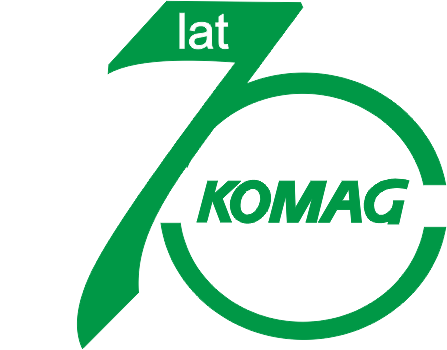Szuścik W., Bomersbach G.
Monografia nr 5
Gliwice 2004 s. 1‑77,
ISBN 83-919228-9-8
cena egz. 35,00 zł
W niniejszej pracy autorzy próbowali rozwiązać zagadnienie badań dopuszczających stojaki hydrauliczne zmechanizowanych obudów ścianowych do pracy w warunkach zagrożonych tąpaniami.
Simulation of dynamic loads in the hydraulic legs
From many years we observe, in the mining industry, an increase of disadvantageous dynamic phenomena called bumps. The phenomena intensify with an increase of mining depth and they are also associated with the previous developments in over layers. The phenomena are the main reason of material losses and accidents in workings both roadways and longwall faces. In that work the authors have tried to solve the problem of tests which allow the legs of powered roof supports to operate in conditions threaten by the bumps. The survey among the studies describing the dynamic phenomena in the mine underground and theory concerning dynamic phenomena in the rock mass was carried out to obtain parameters of a real load acting on the leg in mine underground and to simulate that conditions at the test rig. On the basis of that analysis, the results of test carried out on the FAZOS 12/28-Oz and FAZOS 15/31-Oz powered roof supports in years 1990–1995 in the following coal mines: Zabrze-Bielszowice, Śląsk, Wujek i Porąbka-Klimontów, were take into consideration for the further discussion. The table of dynamic loads, which was relation criterion to the test carried out on test stands, has been created.
The proof that there is a possibility to generate dynamic loads close to those occurring in mine underground was the main objective of work. To proof that, the authors conducted 294 dynamic loads on three legs in different positions with the changeable initial pressure. Also 9 relief valves of three companies were used. The influence of initial pressure, amount of blasting material, height of column of liquid under the piston were determined and the repetition analysis of test results in relation to time intervals between tests and cartridge case change during tests was conducted. Also a comparison of operation of legs under a dynamic load in relation to the relief valve used, was carried out.
The next stage of the work was a trial to estimate the dynamic energy transferred to the leg and to verify the theoretical calculations of that energy.
In a result of studies, tests, analyses and comparison the methodology of dynamic test for the powered roof support legs, in relation to the leg destination (type of planned dynamic load in the longwall face – according to a table developed on the basis of underground studies), was developed. The rules of proper dynamic tests with use of load generator, which uses the energy of blasting materials, were specify. In a result the criteria of hydraulic legs assessment after tests were developed.


